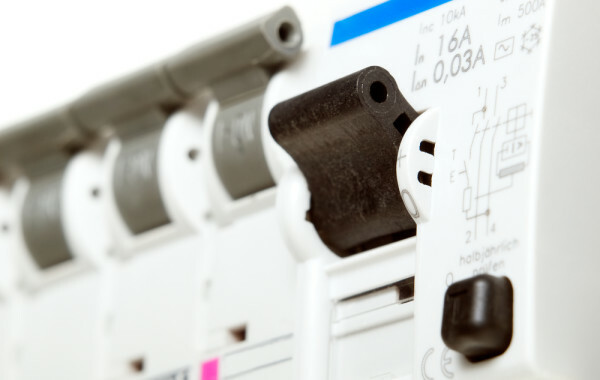Blogs
on January 22, 2024
Introduction:
In the ever-evolving landscape of electrical safety, one of the key components in preventing electrical accidents is the Residual Current Device (RCD) safety switch. These devices are designed to detect faults in electrical circuits and quickly disconnect power, potentially saving lives and preventing serious injuries. Regular testing of RCD safety switches is essential to ensure their effectiveness and reliability.

In this article, we will explore the significance of RCD safety switch testing and how it contributes to overall electrical safety.
1. Understanding the Role of RCD Safety Switches:
Residual Current Devices (RCDs), commonly known as safety switches, are crucial elements in electrical systems. Their primary function is to monitor the flow of electrical currents and quickly disconnect power in the event of a fault, such as a short circuit or an electrical leakage. This rapid response can prevent fatal electric shocks and significantly reduce the risk of electrical fires.
2. Legal Requirements and Compliance:
In many countries, including Australia, regular rcd safety switch testing is a legal requirement. Australian Standard AS/NZS 3760:2010 stipulates that RCD testing should be conducted at specified intervals to ensure their proper functioning. Compliance with these regulations is not only a legal obligation but also a proactive measure to safeguard lives and property.
3. Prevention of Electrical Accidents:
RCD safety switches are a crucial line of defense against electrical accidents. However, their effectiveness can diminish over time due to factors such as wear and tear or environmental conditions. Regular testing is essential to identify any potential issues and ensure that the RCD safety switch responds promptly to faults, providing continuous protection against electric shock hazards.
4. Quick Detection of Faults:
RCD safety switches are designed to detect even small imbalances in electrical currents, making them highly sensitive to potential faults. Regular testing allows for the quick identification of any deviations from the norm, enabling timely maintenance or replacement of faulty devices. This proactive approach minimizes downtime and enhances the overall safety of electrical systems.
5. Peace of Mind for Homeowners and Businesses:
Whether in residential or commercial settings, RCD safety switch testing provides peace of mind for homeowners, tenants, and business owners alike. Knowing that these devices are regularly assessed and functioning as intended instills confidence in the safety of electrical systems. This peace of mind is particularly valuable in environments where electrical appliances and equipment are in constant use.
6. Professional Testing Services:
While manual testing of RCD safety switches can be performed, professional testing services offer a more comprehensive and accurate assessment. Trained technicians can use specialized equipment to measure trip times, ensuring that the RCD safety switch responds within the required timeframe. Professional hydrant testing services also provide documentation, helping businesses and homeowners maintain a record of compliance.
Conclusion:
In conclusion, RCD safety switch testing is a critical aspect of maintaining electrical safety in both residential and commercial environments. By adhering to legal requirements, preventing electrical accidents, and ensuring quick detection of faults, RCD safety switch testing contributes significantly to overall electrical safety. Investing in regular testing not only fulfills legal obligations but also reinforces a commitment to the well-being of individuals and the protection of property.
Source URL :- https://sites.google.com/view/servicecorp--australia/home
Be the first person to like this.





